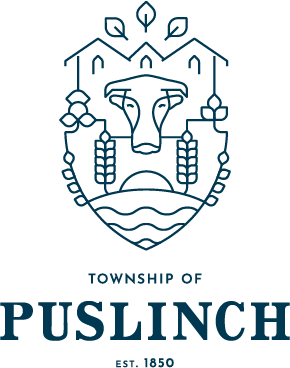Contact(s)
The Source of your Water
Drinking water sources or source water includes untreated water from ground water, streams or lakes. This water is used to supply both private wells and municipal drinking water systems.
To ensure that drinking water is as clean and as safe as possible, it is important to prevent contamination at the source. Pollutants in source water put stress on the natural environment and require expensive treatment to remove. It is less expensive to prevent pollutants from entering our drinking water than treating them, also some pollutants cannot be removed from the water. Without source water protection, a new source may have to be found, adding to the cost of the water system in our communities. It is also important to make sure there is enough water for private and municipal drinking water systems.
In order to prevent similar tragedies to that of the E-coli breakout in Walkerton, Ontario, the Clean Water Act was passed in 2006. As a result of the Clean Water Act, all communities in Ontario are required to develop Source Water Protection Plans to protect their municipal sources of drinking water. The Source Water Protection Plans have been developed on a watershed basis by Source Protection Committees.
Your Wellington County Source Water Team
Wellington County falls within 5 Source Protection Plans; Grand River, Maitland Valley, Saugeen Valley, Credit-Toronto Region and Area - Central Lake Ontario and Halton-Hamilton, each with a unique approach to Source Water Protection.
Wellington Source Water Protection is a partnership between the municipalities of Wellington County to protect our drinking water sources. These municipalities include: the County of Wellington, Township of Centre Wellington, Town of Erin, Guelph- Eramosa Township, Township of Mapleton, Town of Minto, Township of Puslinch and the Township of Wellington North.
Wellington Source Water Protection provides a one window approach to County residents for source protection to ensure consistency, as much as possible, in implementing the Source Protection Plans.
The Risk Management Official is a shared position that serves all eight municipalities. This position works with municipal staff to review development applications, negotiate risk management plans, provide education, conduct inspections and administer the program. As required, Risk Management Inspectors may be appointed by individual municipalities to assist in delivering the program.


 Centre Wellington Township
Centre Wellington Township Guelph/Eramosa Township
Guelph/Eramosa Township Mapleton Township
Mapleton Township Township of Puslinch
Township of Puslinch The Township of Wellington North
The Township of Wellington North Town of Minto
Town of Minto County of Wellington
County of Wellington Town of Erin
Town of Erin







